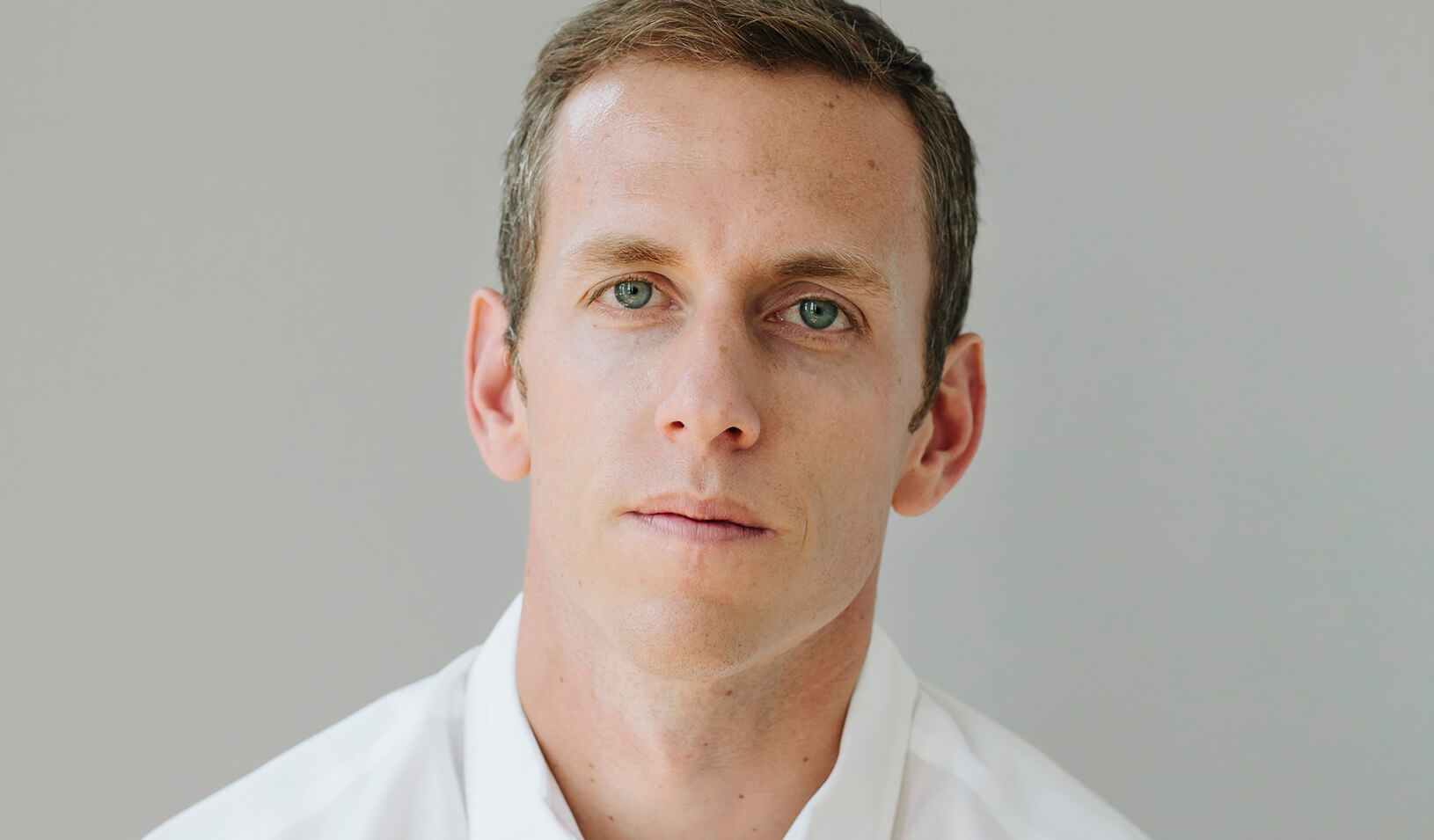
Within the first minute of meeting a CEO, Mark Leslie says he can get a pretty good idea of what kind of culture a company has. If the CEO’s vocabulary is all “I, me, mine,” then the organization is based on a proprietorship model; it’s focused on making its executives rich, famous, and successful, he says. If the vocabulary is “we, us, ours,” the company is based on a stewardship model, where the leaders and employees work toward a common goal and then share the financial and psychic rewards.

Leslie, a high-tech entrepreneur and lecturer in management at Stanford Graduate School of Business, is all about the collaborative model. “Stewardship is about what we can do together to build something great and that we then can be proud of,” he says. The best-run organizations “create environments that attract the best and the brightest people. Those people can then use their judgment autonomously to make decisions consistent with the mission and vision of the company.”
As chairman and CEO of Veritas Software from 1990 to 2001, Leslie grew the company from 12 staff members to 6,000 employees, and raised annual revenues from $95,000 a year to $1.5 billion. Today he is the managing director of his own investment firm, Leslie Ventures; serves on multiple boards. He discussed stewardship and other essential principles of leadership on campus May 1, at a symposium sponsored by the Center for Entrepreneurial Studies at Stanford GSB.
It’s All About Building Trust
Managers who want to build trust with their employee need to demonstrate trust first, Leslie says. “In a company, that means sharing information and decision-making with people beyond what is normally expected.” Leslie himself once initiated a thoughtful discussion with his engineers about the pros and cons of reverse-splitting the company’s stock — and then left the decision up to them. In the end, “they made exactly the right decision, for exactly the same reasons that we would have,” he recalls. “There’s no doubt that had we said, ‘We’re reverse-splitting the stock,’ and then given them exactly the same information, some of those people would have walked away feeling like somebody had picked their pocket.”
Selling Controversial Ideas
“I tell my students ‘If you don’t listen to your board members and investors you may get fired. But if you listen to them all the time you will definitely get fired,’” Leslie says. While it’s never a good idea for CEOs to be confrontational with their board members, they shouldn’t kowtow either. “Boards of directors fly in at 30,000 feet once a month, they do a little pulse check, and then they get on their airplanes and fly out,” he says. The executive team thinks about the business 24/7. So when there is an important initiative that may be controversial, it is the responsibility of the CEO to offer a compelling and convincing case, Leslie says.
That’s exactly what Leslie did twice at Veritas in the mid-1990s. “We aggressively pursued what we believed were the right things for the company in spite of investor unrest,” he says. “You have to do the right thing for the destiny of the company. And then your job is to go convince people why it’s the right thing, and then to produce the results that are consistent with that,” he says. “That is what a CEO does.”
Share Decision-Making
Being a leader isn’t about being the smartest person in the room, Leslie says. It’s about creating an environment in which every department in a company can weigh in on decision-making. “My experience is that people closest to the problem have the most complete and best information, and we should have that information as part of the discussion,” he says. If all the team members walk away from negotiations saying “this is the right thing for the company,” Leslie says, “that’s a good decision, even if it’s imperfect relative to what your idea of perfect would be.”
Being a Leader is a Lonely Job
When Leslie was stepping down as CEO of his first computer company, he expected a least some of the senior executives below him to show an interest in the top job. To his surprise, nobody did; they all felt comfortable where they were. “I always thought that everybody in business wants to be the CEO,” he says, “but people, when they get close to it, actually don’t want to do it. It’s a very lonely job. You really are not part of any socially cohesive group. You’re the leader, but you’re always kind of different.” Fortunately, he says, laughing, the entrepreneurial bug bit him early, when he was just 23. “So I actually never thought of doing anything else.”



